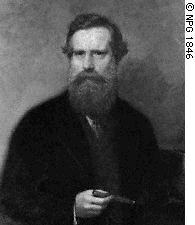

 SM200, SM246 Discharge Tubes
circa 1930 Electricity
SM200, SM246 Discharge Tubes
circa 1930 Electricity
In 1857 the German scientist Geissler constructed tubes in which he
produced a vacuum so that he could observe the effect of electrical discharges
inside. But the vacuum
produced was never perfect (a residual pressure of about 1mm of mercury
remained) and the tubes produced a discharge whose colour was characteristic of
the gas contained inside.
The Englishman, Crookes, following the work of Geissler, increased the vacuum
inside the tubes (leaving a residual pressure of only about 0.2mm of mercury).
He applied a high voltage and observed that the glass itself became
luminous, this time with a colour characteristic of certain minerals contained
in the glass mixture. He
showed this phosphorescence to be the result of invisible cathode rays
discovered in 1859. Later he identified this phenomenon to be the result of
a flux of electrons, the same effect as that which causes the television tube to
become luminous.
 Sir William Crookes 1832 to 1919
Sir William Crookes 1832 to 1919

![]()
 Museum
Museum
![]()
SM200, SM246 Discharge Tubes
 Sir William Crookes 1832 to 1919
Sir William Crookes 1832 to 1919![]()